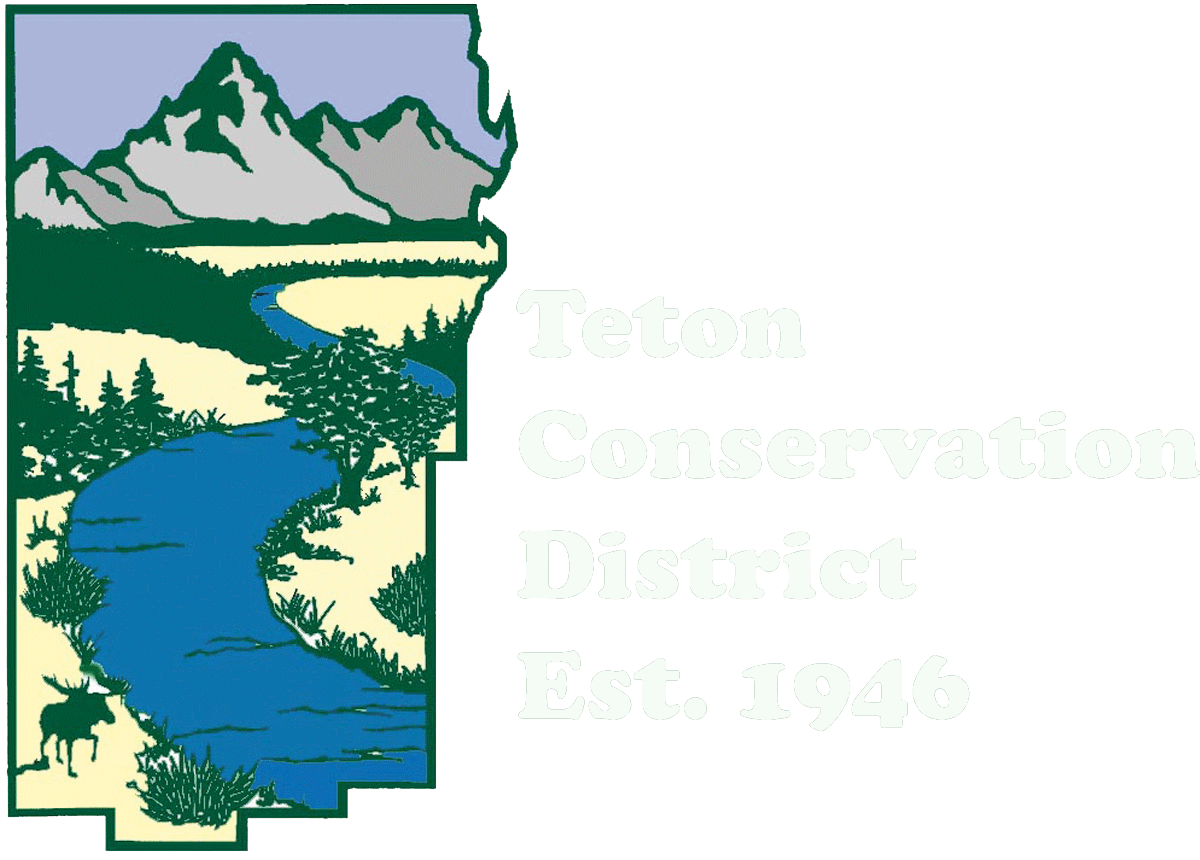By Phoebe Coburn, Communications Specialist
Many of us have spent a lot of time laying low over the past few months. But, one little creature has done anything but sit still. Weighing less than an ounce and just three to four inches in length, hummingbirds migrate sometimes thousands of miles across North America each spring, surfing a wave of blooming wildflowers on their journey north.
One unexpected perk of being quarantined this spring is that I’ve spent hours watching my hummingbird feeder. I became curious about the different species I was seeing. I’ve learned that four species of hummingbird migrate through Jackson annually. The females and juveniles of all four of these species can be difficult to distinguish—I still can’t confidently tell which is which. But I have gotten better at telling the males apart. Here are some tips:
Broad-tailed hummingbird (Selasphorus platycercus): Males have magenta or scarlet necks (I always naively thought these were Ruby-throated hummingbirds, but they’re not). Broad-tailed males and females are identifiable by their tail—when perched, their tail feathers are longer than their wings. They hang out in Jackson from April to October.
Calliope (Selasphorus calliope): These are the tiny ones! Calliope hummingbirds are the smallest bird in North America. At first glance, Broad-tailed and Calliope males look quite alike. But, once you train your eye, you’ll notice that the Calliope males have a streaked red/purple neck, as opposed to the more solid fish-scale look of the Broad-tailed.
Calliope hummingbird by Zach Andres, taken in Wilson, WY.
Broad-tailed hummingbird by Jacob W. Frank
Black-chinned (Archilochus alexandri): I’ve been lucky to spot a Black-chinned hummingbird at my feeder just a handful of times. In addition to the males sporting a noticeably darker throat—ranging from deep purple to black—Black-chinned hummingbirds are distinguishable from the others because they are a bit larger. Their pattern of movement will also catch your eye—they pump their tail almost constantly while flying and feeding. You’re most likely to spot them in May and June and they like wetter areas around ponds and creeks.
Rufous hummingbird (Selasphorous rufus): True to their name, Rufous hummingbirds are a rusty orange color—though the male’s iridescent throat can range from red to orange to green. You’re most likely to spot a Rufous hummingbird from July to September, though they don’t hang around—Jackson is just a pit stop along their migration route. They have the longest migration of any hummingbird. Some travel as far 4,000 miles from Mexico to British Columbia or Alaska (and back again!). They also sound quite different from the other usual suspects, “their wing hum is lower than a Broad-tailed’s, kind of like a Harley,” said Morgan Graham, Teton Conservation District’s GIS & Wildlife Specialist. I guess you’d need a big engine to travel that far….
Black-chinned hummingbird by VJ Anderson
Rufous hummingbird by Roy W. Lowe/USFWS
As I’ve learned to recognize these different species, I’ve also learned how to be a good hummingbird host. If you decide to hang a hummingbird feeder at your house, consider these tips:
Plant native flowers. The best nectar for hummingbirds is the real kind. Consider planting native plants like scarlet gilia, Indian paintbrush, fireweed, golden currant, huckleberry, kinnikinnick, larkspur, nettle-leaf giant-hyssop, penstemon, or really any red or orange tubular-shaped flower. You can also thoughtfully plant non-native plants that provide good hummingbird and pollinator habitat. Some good examples include honeysuckle, clover, bee balm, cat mint, and more. Be mindful that your non-native flowers don’t take over and risk infringing on native habitat.
Wash your feeder often. There is some concern that feeding hummingbirds might increase their dependency on a non-natural food source. When deciding to hang a hummingbird feeder, you might consider that thought. That said, hummingbird feeders are also a great way for people to engage with and appreciate nature. The National Audubon Society says that hummingbird feeders can be an important supplemental food source. So, if you choose to have a hummingbird feeder, it’s critical that you wash it often. Sugar water easily grows bacteria and mold. Once temps are reaching 80⁰F regularly, it’s important to wash your feeder and replace the nectar every two to three days. If we start hitting 90⁰F regularly, wash your feeder and replace the nectar every single day. When you wash your feeder, avoid using soaps that can leave a residue. Hot water is enough, but if you want to, you can also use a mild vinegar solution and rinse well.
Keep your sugar-water simple. A simple 1:4 solution of white cane sugar to tap water (¼ cup of sugar and 1 cup of water) is best. Heat your solution on the stove until the sugar is dissolved. Let it cool to room temperature before filling the feeder. Do NOT add honey or dye or brown sugar or anything else.
Keep your cat inside. Outdoor cats kill between 2.4 billion and 3.7 billion birds each year, including hummingbirds.
Hummingbirds hit windows too! Check out this blog post to learn how to prevent bird-window strikes.
Want to learn more about hummingbirds in the Rocky Mountains? Click here.
Want to learn more about how to be good humming bird host? Click here.





